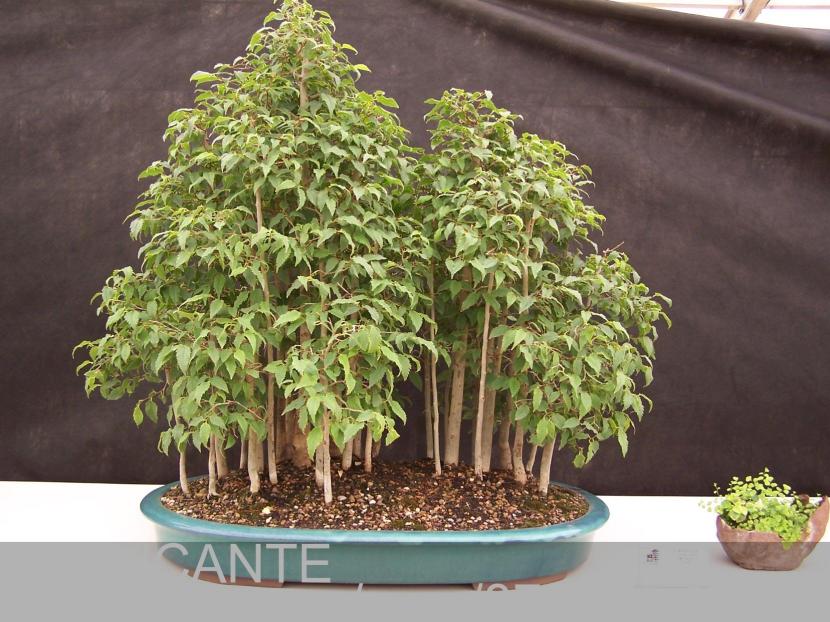
Hackberry is one of the trees that is gaining more popularity among bonsai fans. And it is that, it is a very elegant species, very easy to grow, which resists high temperatures, but also short-term frosts.
Dare to make a hackberry bonsai.

Image - CBALICANTE
Our protagonist is scientifically known by the name of celtis australis. It is popularly called, as you know, hackberry, and in Catalan as lladoner. It is native to the Mediterranean region, where it grows on calcareous, clayey soils. Its growth rate is medium-fast. It has small, deciduous leaves, about 2-3cm long, dark green in color. Its trunk is short, normally straight, although it can be curved if it does not have all the light it needs, or because of the weight of the branches.
Once established, it can withstand several months of drought, although it is grateful to be watered from time to time. In addition, it is also resistant to light and short-term frosts of up to -4ºC.
So as a bonsai it is a really interesting plant. Let's see how it is cared for.

Image - Juan Muñoz Sales
Hackberry bonsai is suitable for beginners, although it must be borne in mind that it does not heal wounds as well or as quickly as other trees, so drastic pruning is highly recommended to avoid. But, if you see that they are necessary, do them at the end of winter, before the good weather returns. In this way, you will have a whole year to recover. Do not forget either to prune the branches that are too long, or to pinch from spring to fall for a thicker crown. To do this, you have to wait for the shoots to have about 4 knots, and cut 2.
If we talk about the location, this will have to be in a very sunny area, since otherwise its development would not be adequate. Likewise, you have to water 3-4 times a week in summer and 2-3 the rest of the year, preventing the substrate from drying out completely. And, speaking of earth, you can use akadama alone, or 70% universal substrate with 30% perlite.
Hackberry must be transplanted every 2 years, in spring or autumn. Depending on the age of the tree, a third or half of its roots will be trimmed. It is highly recommended that, after transplantation, Benerva in liquid solution is added (sold in pharmacies) so that the roots heal as soon as possible.
Enjoy your hackberry bonsai 🙂.
In Aragon it is called LITONERO, the fruit is the liton? Is it necessary to graft for it to bear fruit?
Hi Emilio.
Yes, its fruit is called a lithon.
It is not necessary to graft it for it to bear fruit 🙂.
A greeting.